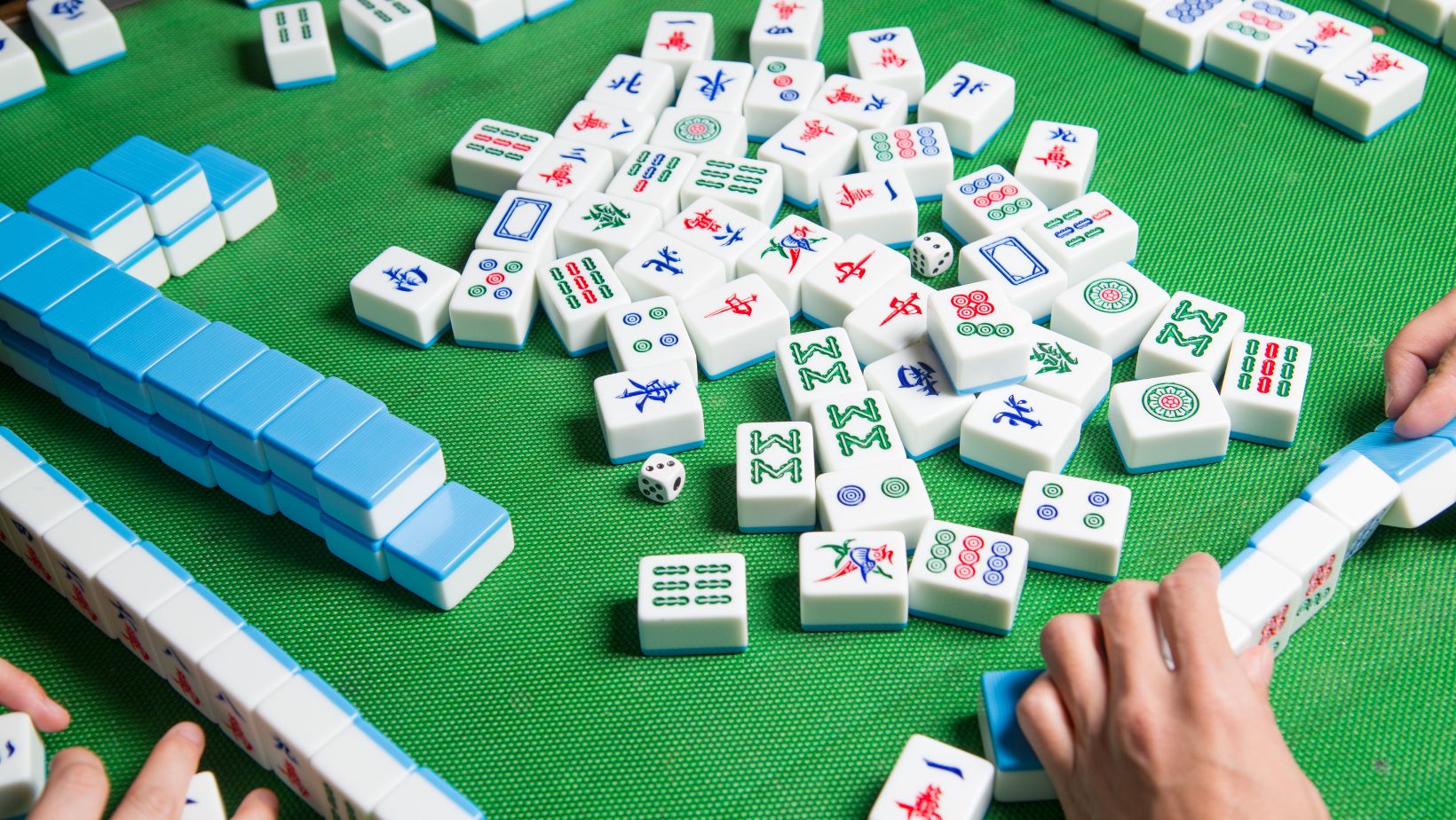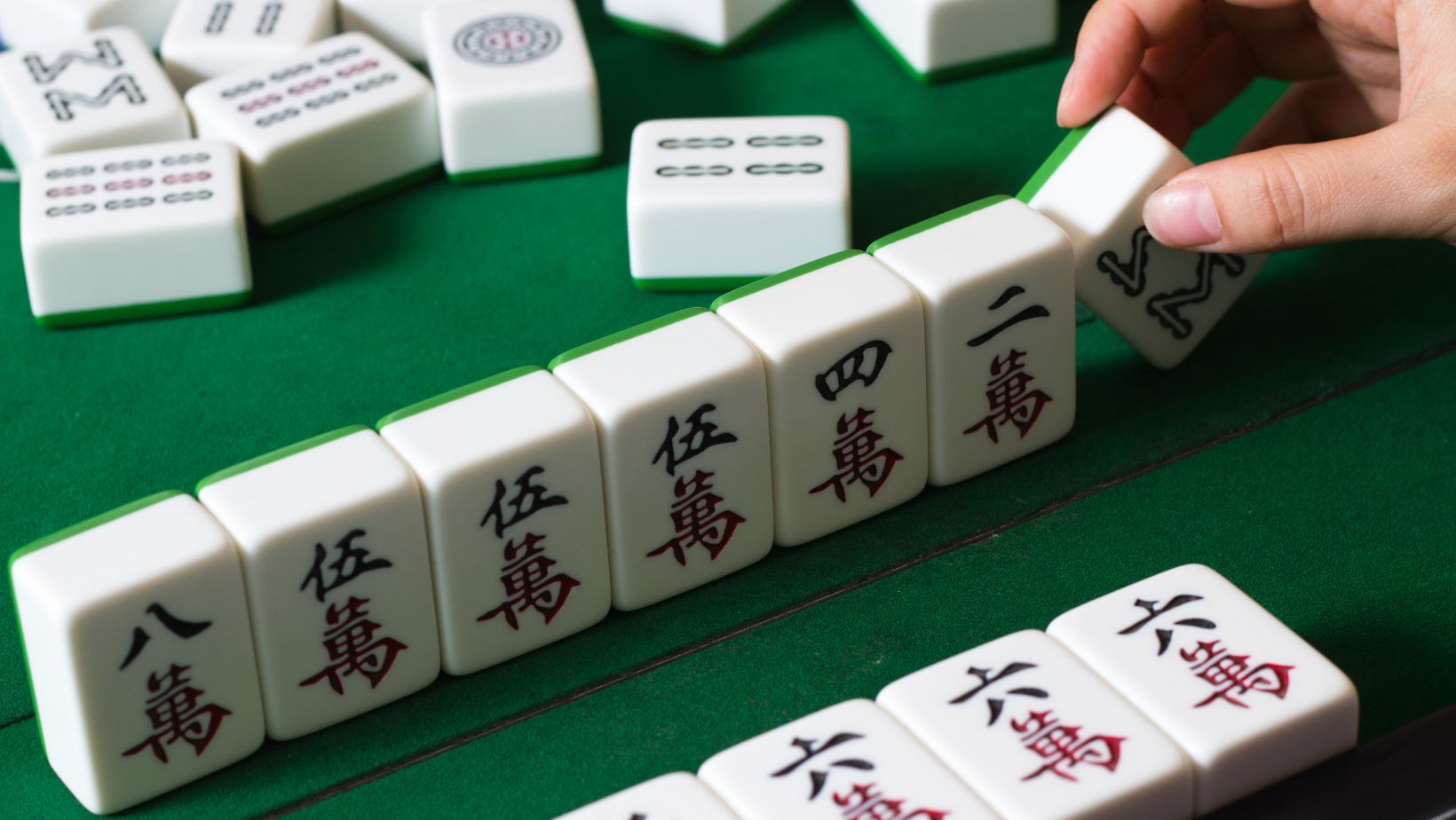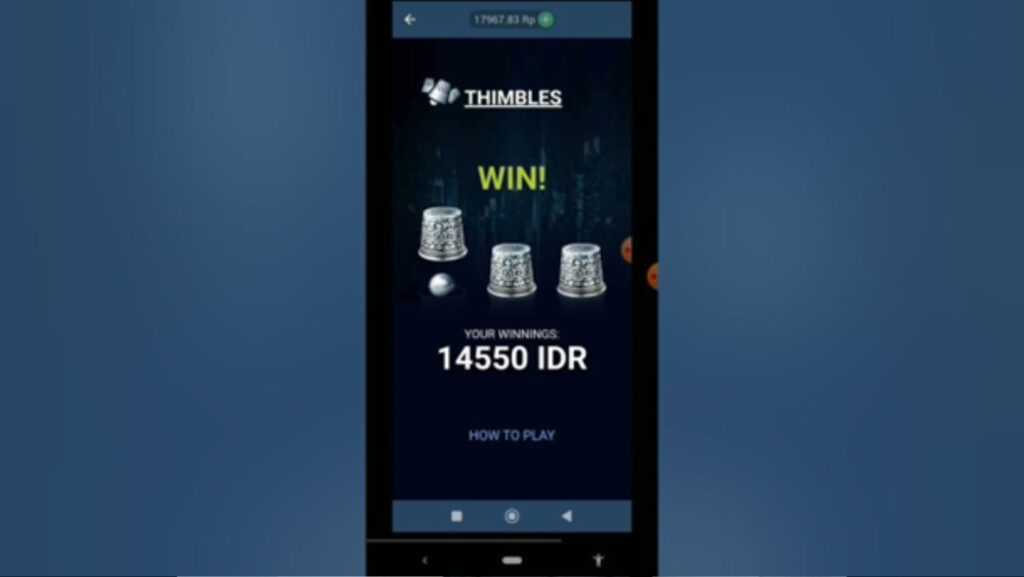In a digital era obsessed with the next big thing, some of the most meaningful innovations are looking backward – reviving ancient games through cutting-edge technology. Across the globe, developers are reimagining traditional titles like Go and Pachisi for immersive platforms, transforming how cultural memory is preserved and experienced. These aren’t just nostalgic novelties; they’re gaining traction as serious entries in the virtual and augmented reality space. Platforms like Mahjong365, where players can already engage with the game online in its classic form, are increasingly seen as bridges between heritage and the metaverse, setting the stage for deeper, more interactive experiences.
Who’s Driving the Revival?
The resurgence of cultural games in virtual spaces isn’t coming from large publishers chasing trends. It’s being quietly led by educators, indie developers, and digital humanists with a clear purpose: to preserve identity through interaction. This revival coincides with increased public interest in cultural continuity, particularly among younger generations of diaspora communities and digital natives who prefer immersive formats over passive consumption.
Virtual heritage projects, university-led XR labs, and grassroots modders are taking the lead, often working without commercial pressure. Their efforts reflect a broader movement toward experiential learning and digitally accessible tradition.
Key drivers behind this shift include:
- Grants and public funding for digital culture preservation
- Academic research on gamification and memory retention
- Cross-border collaborations among artists and coders
- Open-source engines enabling low-cost VR/AR game builds
Together, these players are reshaping how ancestral games are taught, played, and shared – no longer relics but evolving digital rituals.
Why VR/AR Makes Sense for Heritage Games
Cultural games thrive in immersive formats because their core mechanics emphasize turn-taking, spatial awareness, and shared experience – qualities that align well with the strengths of VR and AR. These platforms allow players not just to play but also to inhabit culturally rich environments, reimagining traditional settings with greater fidelity than flat screens allow. This makes them ideal for games that are as much about social ritual as they are about strategy.

Erik Champion, in his book Critical Gaming: Interactive History and Virtual Heritage, emphasizes that virtual heritage must go beyond visual realism. For it to educate or preserve meaning, the design must embed symbolic and contextual cues that reflect the original purpose of the activity. This principle is now guiding how many digital heritage games are being developed.
In line with this, a study on immersive technology and cultural heritage outlines how immersive XR technologies are being explored as tools to enhance user engagement and interpretation within cultural heritage environments. These applications aim not only to visualize historical settings but also to support deeper experiential learning through interaction and immersion.
Features Bringing These Games to Life
As VR and AR platforms become more sophisticated, they offer tools that enhance -not distort – the cultural essence of traditional games. Following the immersive potential outlined in the previous section, developers are layering subtle, experience-driven design choices that ground players in authentic atmospheres. These features don’t just modernize gameplay but recreate the entire environment around it.
Some of the most effective elements include:
- 3D spatial audio that replicates ambient sounds from traditional gathering spaces
- Haptic feedback to simulate the tactile sensation of game pieces and surfaces
- Hand-tracking technology for realistic movement, especially in games like Mahjong or Go
- Culturally inspired environments modeled on temples, tea houses, or community centers
- Customizable avatars reflecting regional attire or symbolic gestures
These tools help players engage with heritage not as static history but as something tangible and present.
Not Just Nostalgia – Education and Cultural Preservation
Traditional games like Mahjong are increasingly recognized as valuable tools for education and cultural preservation. Mahjong, in particular, embodies complex social structures and strategic thinking, making it an ideal candidate for immersive learning environments. Virtual reality (VR) platforms can recreate historical settings, allowing players to experience the game within its authentic cultural context.

A standout example is the Digital Dunhuang project, where China’s Academy of Dunhuang Studies partnered with Tencent to bring ancient murals, artifacts, and leisure activities -including traditional games -to life in VR. According to a study evaluating user experience in cultural heritage through VR, such experiences can significantly improve knowledge retention and user engagement. When Mahjong is taught inside a reconstructed historical space, it becomes much more than a game. It transforms into a living link to cultural memory.
Conclusion
As virtual platforms evolve, so does the ambition behind preserving cultural games. Developers are already exploring integrations with next-gen devices like Apple Vision Pro, while social hubs such as Horizon Worlds and Spatial are testing multiplayer experiences rooted in cultural rituals. These aren’t just game ports – they’re interactive narratives, often blending AI-driven tutoring to teach traditional rules in original languages.
Looking ahead, the line between museum exhibits and playable worlds will continue to blur. Cultural games will likely become core to digital heritage archives, offering both education and entertainment. For many, the next move won’t be played on a board but in a space where memory, identity, and technology intersect in real-time. The revival is no longer niche but immersive, global, and growing.



